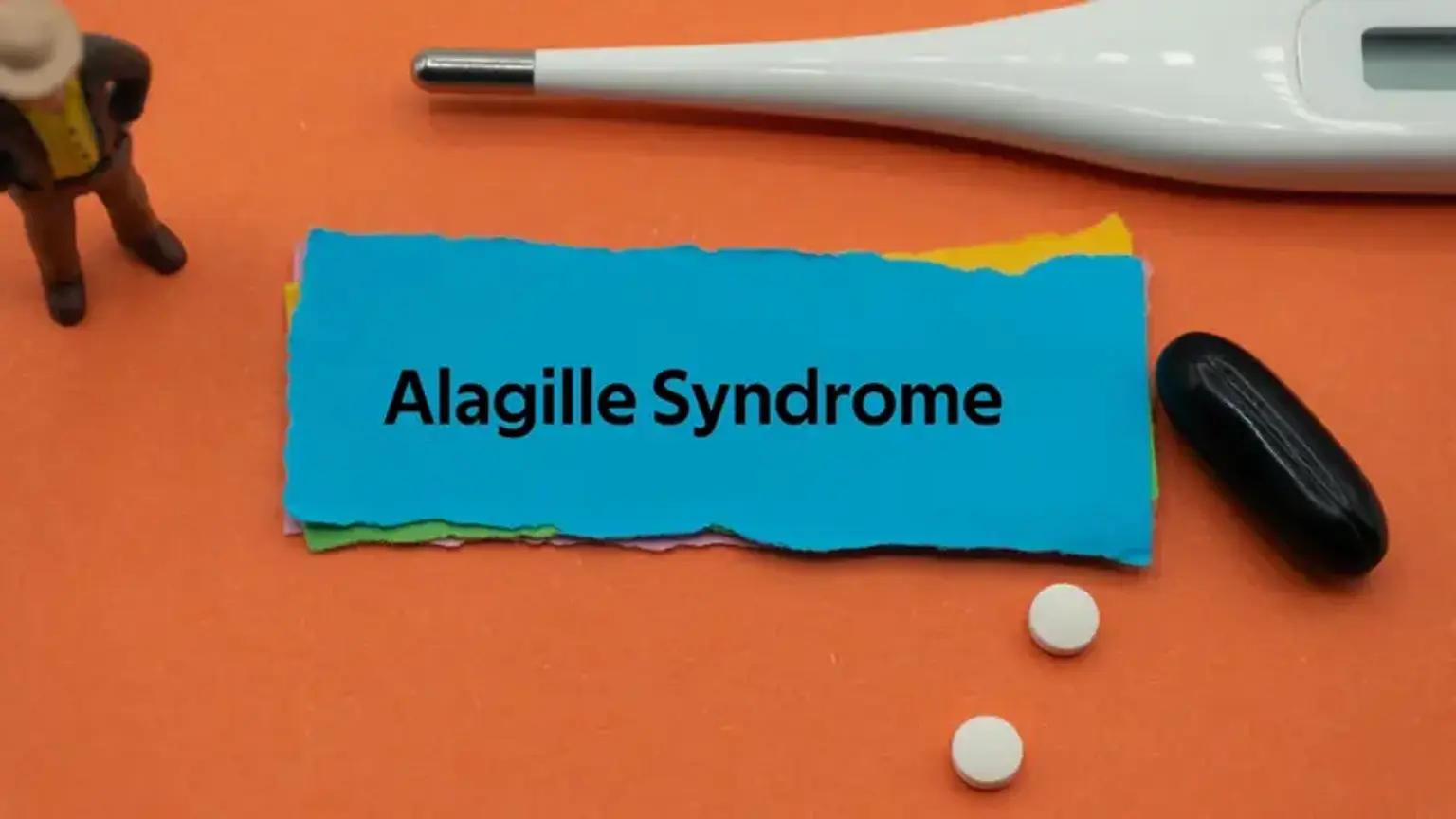Introduction
Alagille Syndrome (AGS) is a rare genetic disorder that affects several systems in the body, particularly the liver, heart, kidneys, bones, and eyes. Though it is not as widely known as other genetic conditions, its impact on individuals and families can be profound, especially for those dealing with complex medical needs from a young age. Early diagnosis and intervention are critical in managing the disease, as it can lead to complications that affect the long-term health and quality of life of affected individuals.
This article will explore the causes, diagnosis, and available treatment options for Alagille Syndrome, while also focusing on the advancements and treatment options available in Korea. As one of the leading countries in genetic testing and pediatric care, South Korea offers innovative solutions for the management of rare genetic diseases like AGS. Whether you're a concerned parent, caregiver, or healthcare professional, understanding this condition is the first step toward better outcomes for those affected.
What is Alagille Syndrome?
Alagille Syndrome is a genetic disorder that primarily affects the liver and heart, but can also impact the bones, eyes, and other organs. It is considered a rare genetic condition, affecting approximately 1 in 30,000 live births. The disease is typically diagnosed in infancy or early childhood due to the appearance of specific symptoms related to liver dysfunction and heart defects.
The syndrome is caused by mutations in a gene called JAG1, which is essential for the development of several organs. When the JAG1 gene is mutated, it disrupts the normal formation of bile ducts in the liver, leading to a condition called cholestasis. This is where bile is unable to flow properly from the liver, resulting in liver damage. Over time, the lack of bile flow can lead to cirrhosis and, in some cases, liver failure.
In addition to liver problems, Alagille Syndrome also affects the heart, leading to defects such as pulmonary stenosis (narrowing of the pulmonary valve) and other structural heart abnormalities. Children with AGS may also experience butterfly-shaped vertebrae, which is a distinctive bone abnormality, as well as posterior embryotoxon, an eye abnormality that can affect vision.
Although the manifestations of AGS can vary widely from person to person, a key feature of the syndrome is its variable expression—some children experience severe complications, while others may have milder symptoms that require less intensive treatment.
